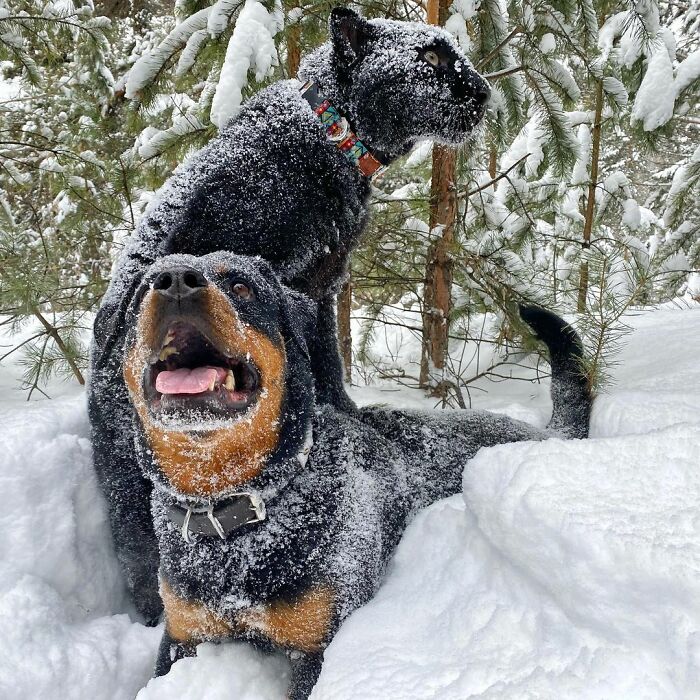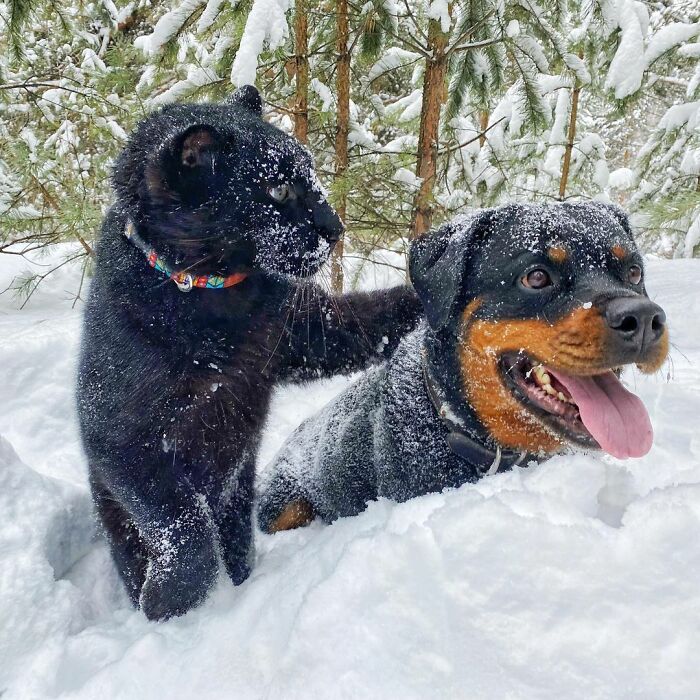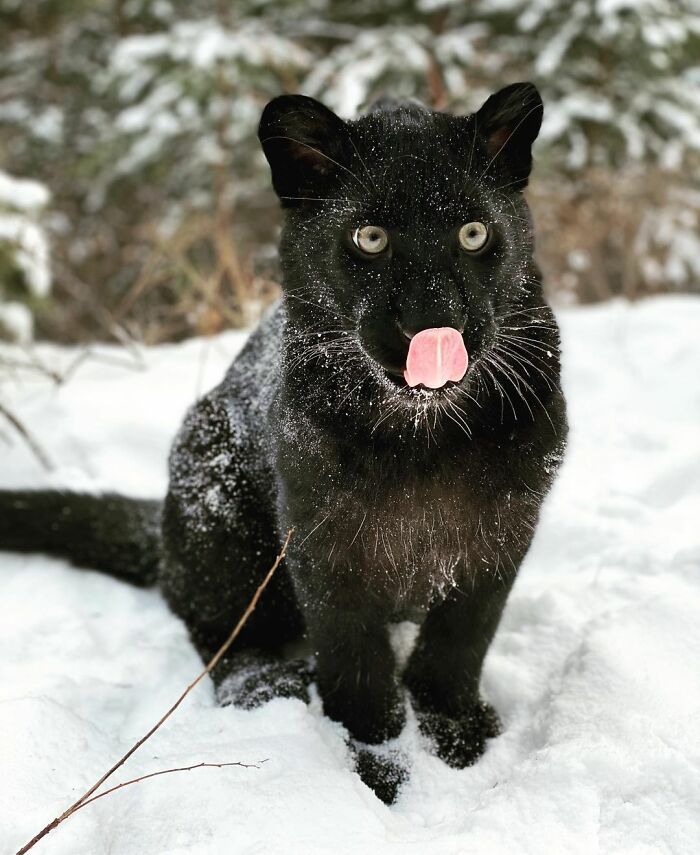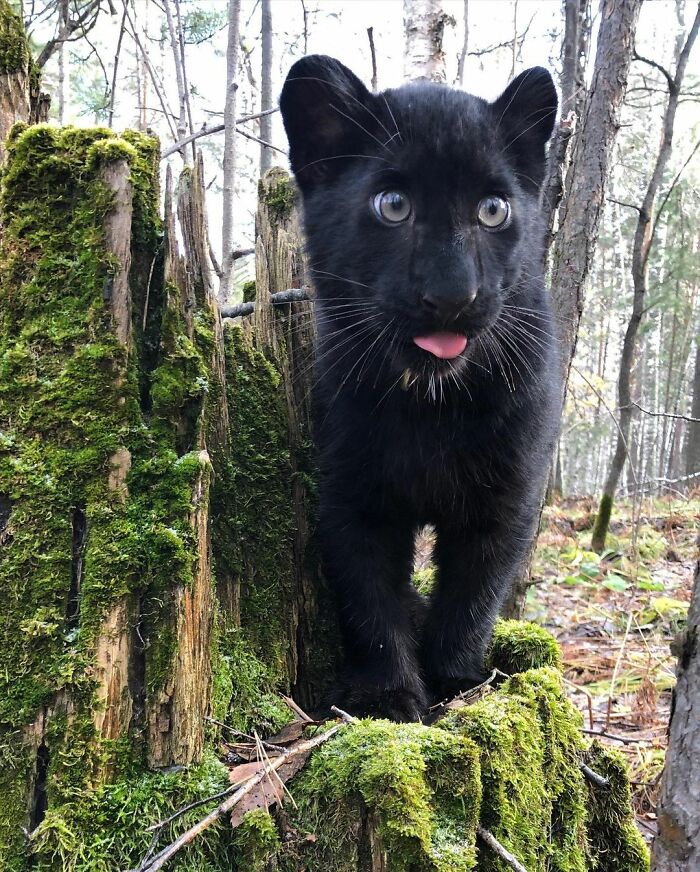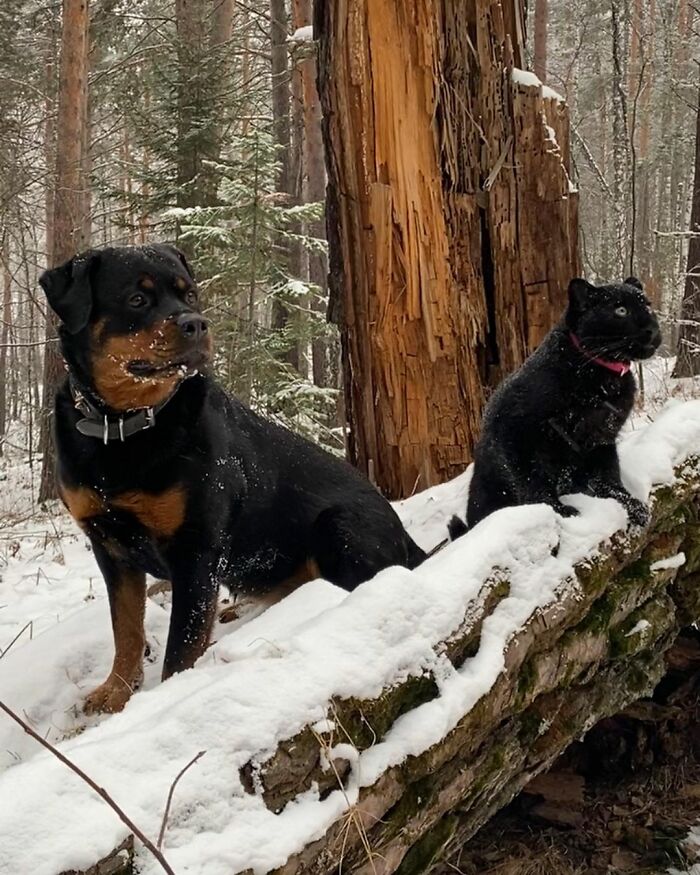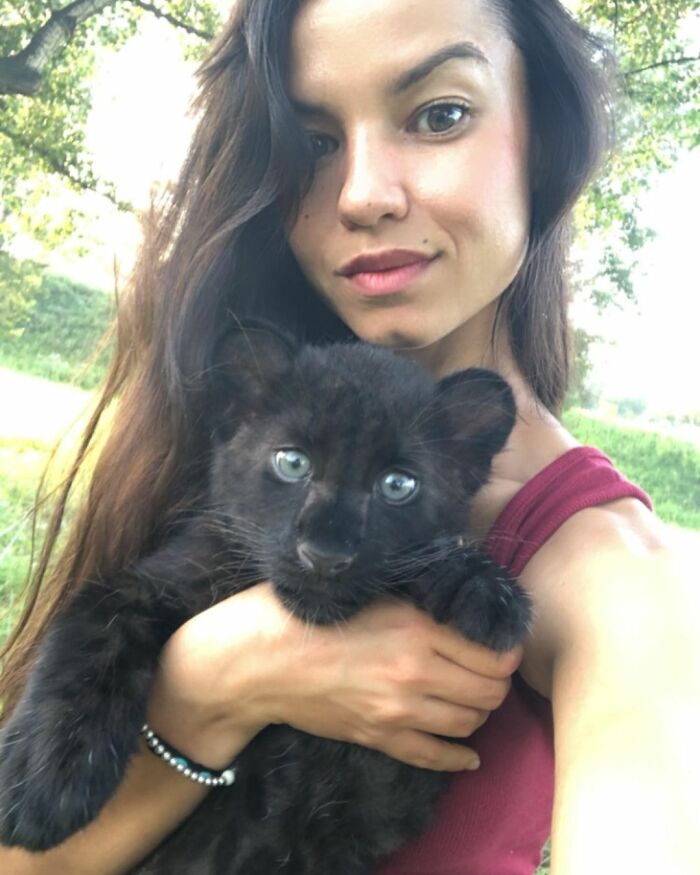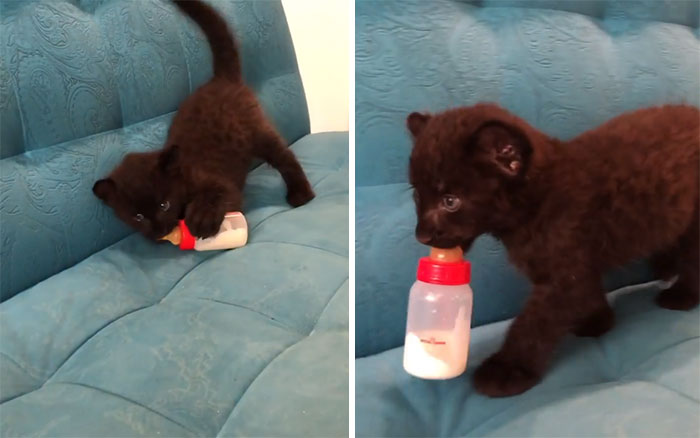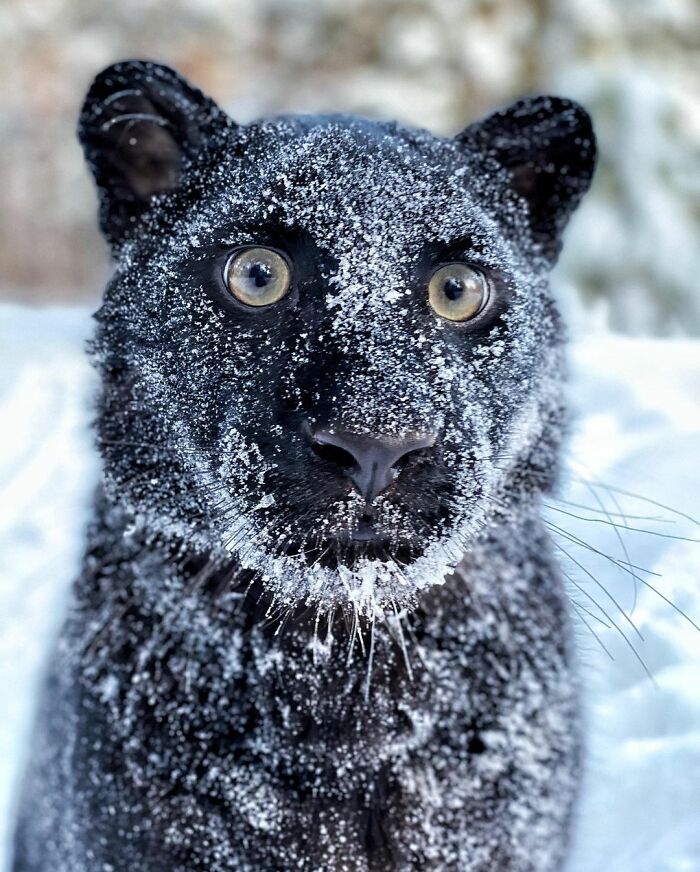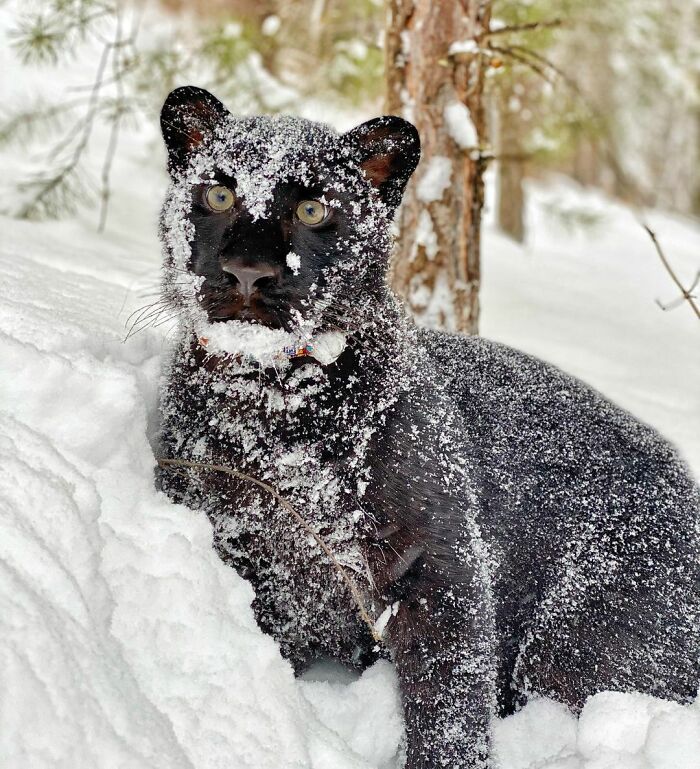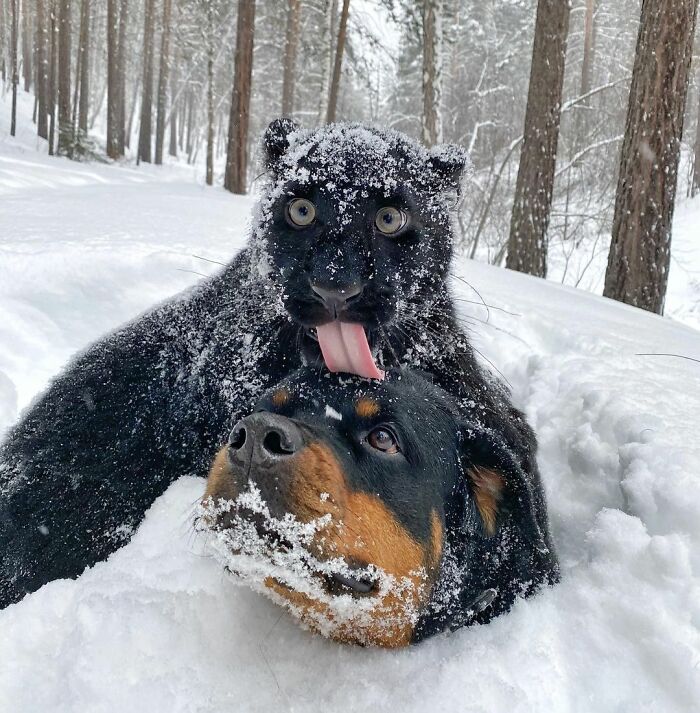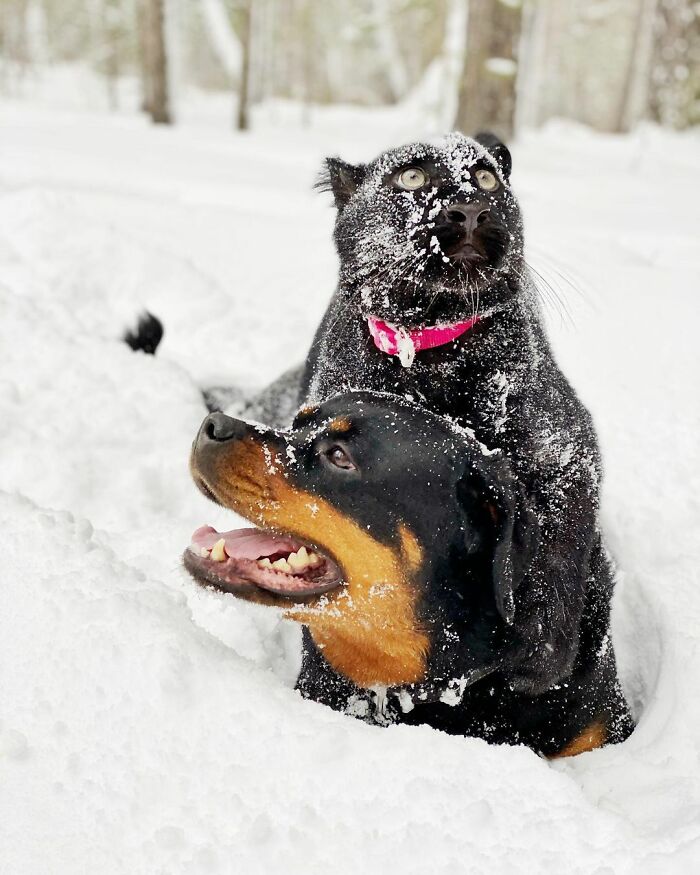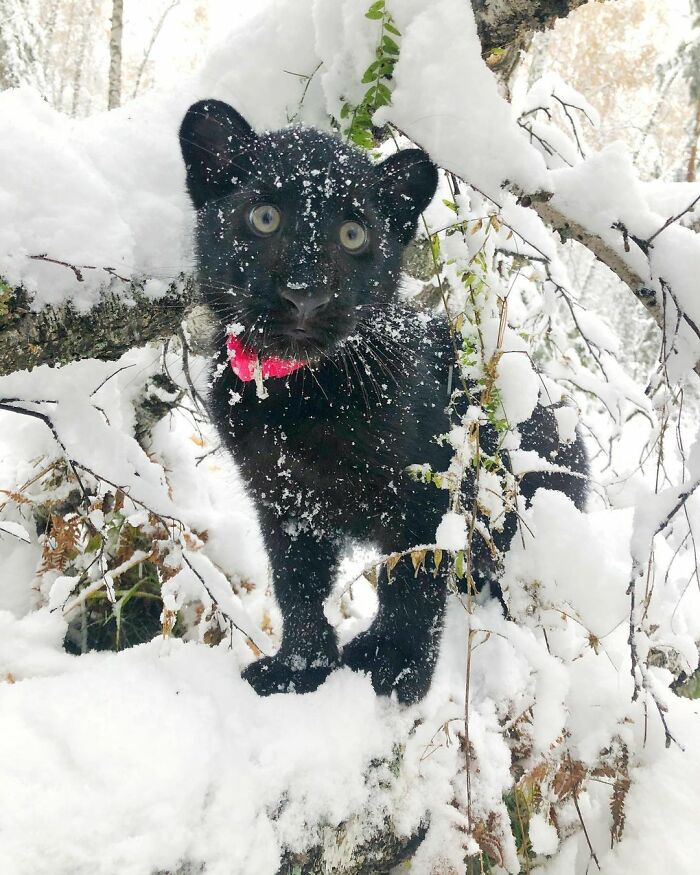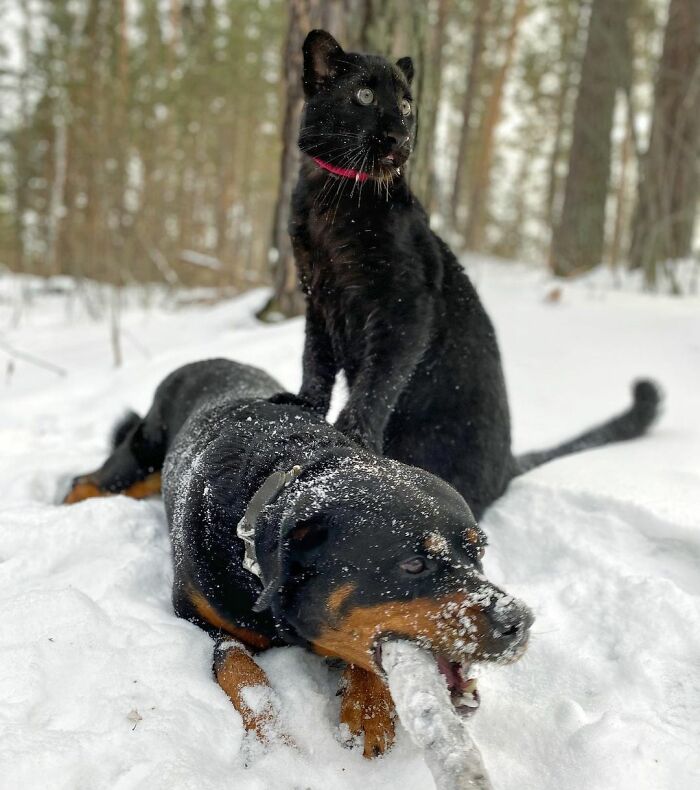An abandoned panther has been adopted by a woman and her rottweiler in Siberia. I’m not crying, you’re crying.
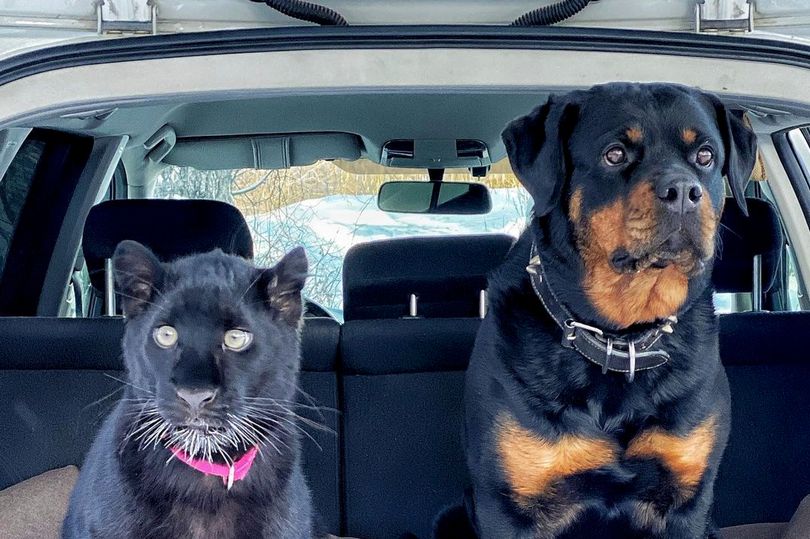
Luna, the panther, was born into a travelling zoo in Siberia, but when her mother rejected her just a week after her birth, the zoo had no resources to look after her.
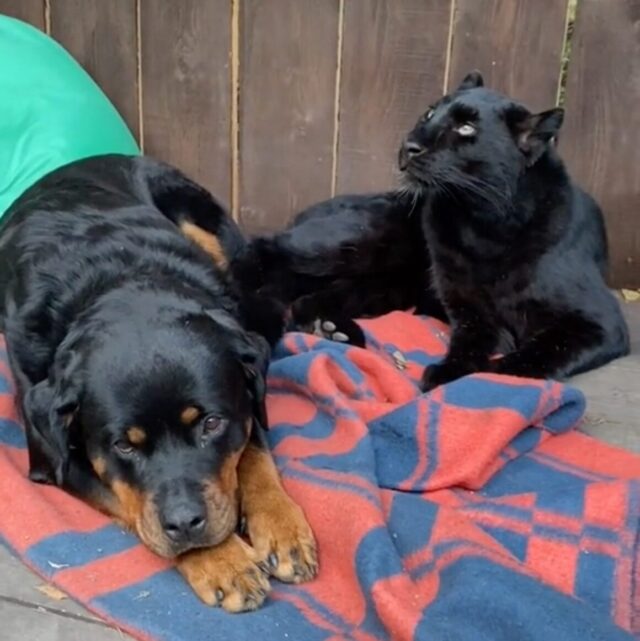
The zoo reached out to Luna’s new owner Victoria, who is an expert in rehabilitating wild cats, and she agreed to take on the tiny panther.
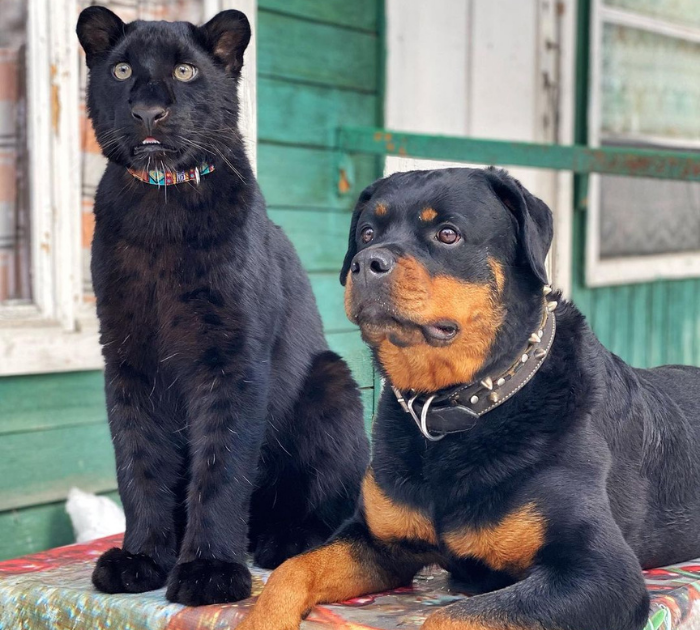
Victoria visited the zoo regularly to care for the panther and eventually ended up taking the cat home to be part of her family and to care for her.
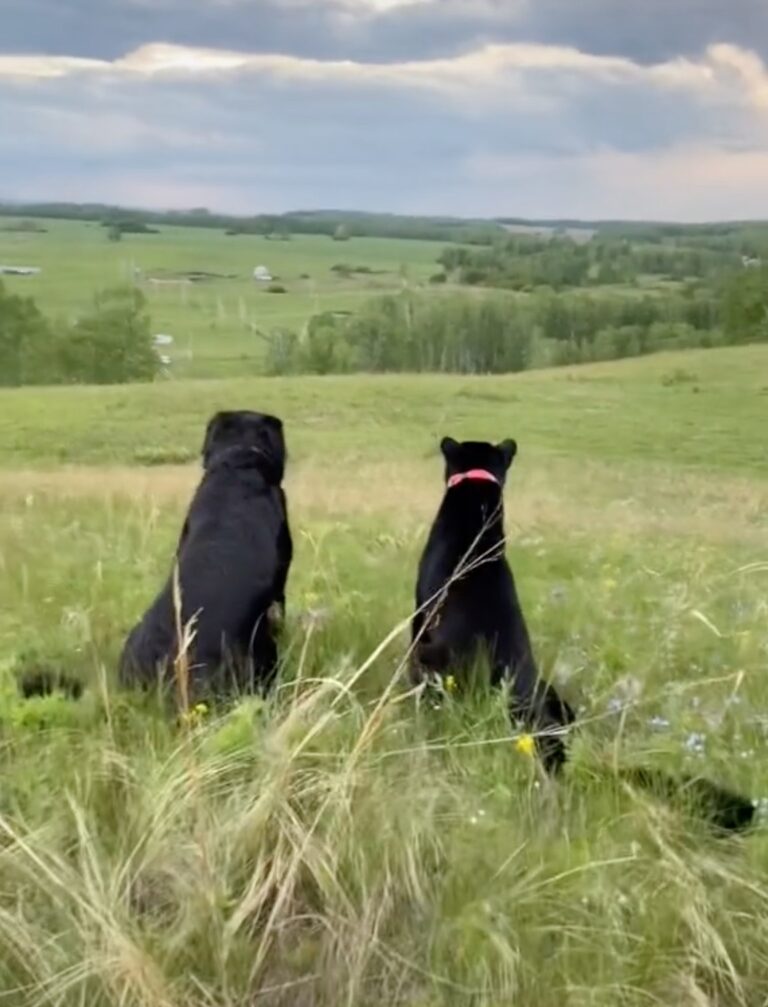
She was already a mother to Venza, a rottweiler, and was worried the duo wouldn’t get along.
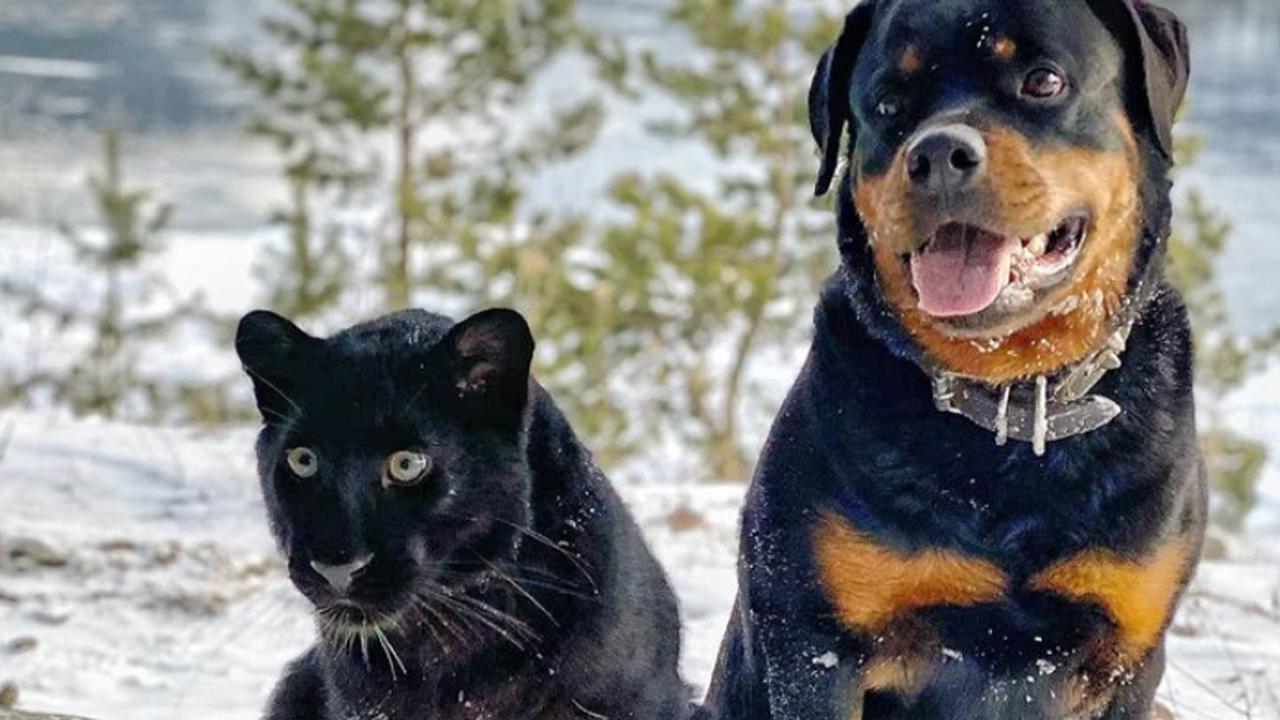
But now, 10-month old Luna and her rottweiler brother are best friends, who love nothing more than snuggling and playing together.

Victoria has 836,000 followers on Instagram and over two million on TikTok where she regularly posts videos of the two animals.
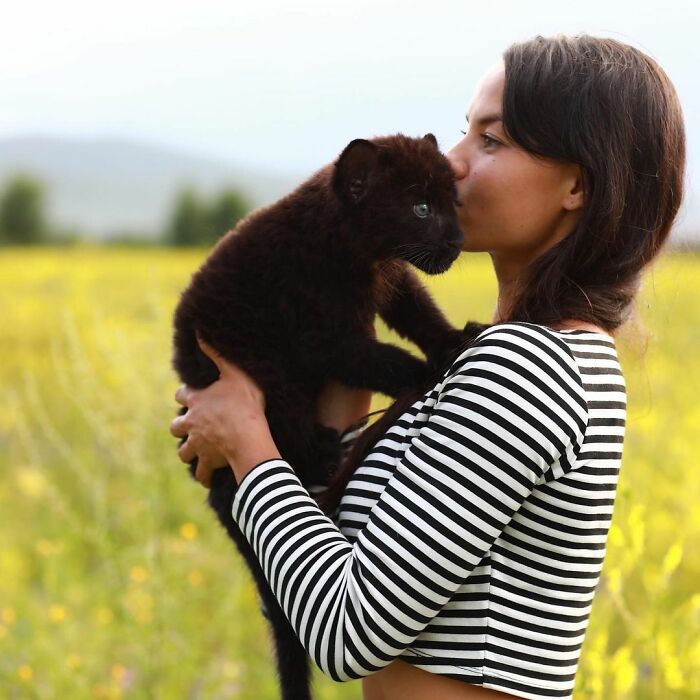
From dressing up for Halloween, to climbing trees together, Luna and Venza are inseparable.

Luna is a mix of a Persian and an Amur leopard and she believes Venza thinks Luna is her pup.
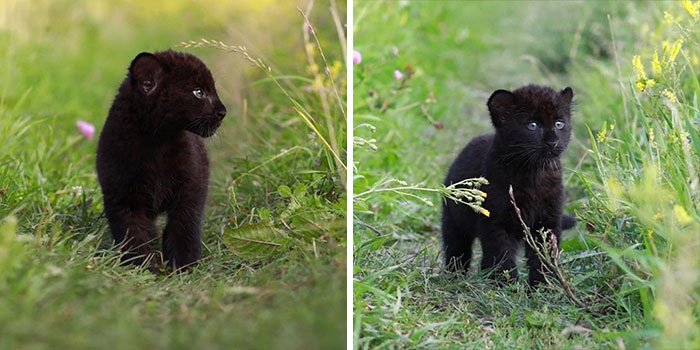
“Venza in fact thought that Luna was her cub. As soon as the dog saw the panther she started licking her fur, they bonded instantly“, the owner said.
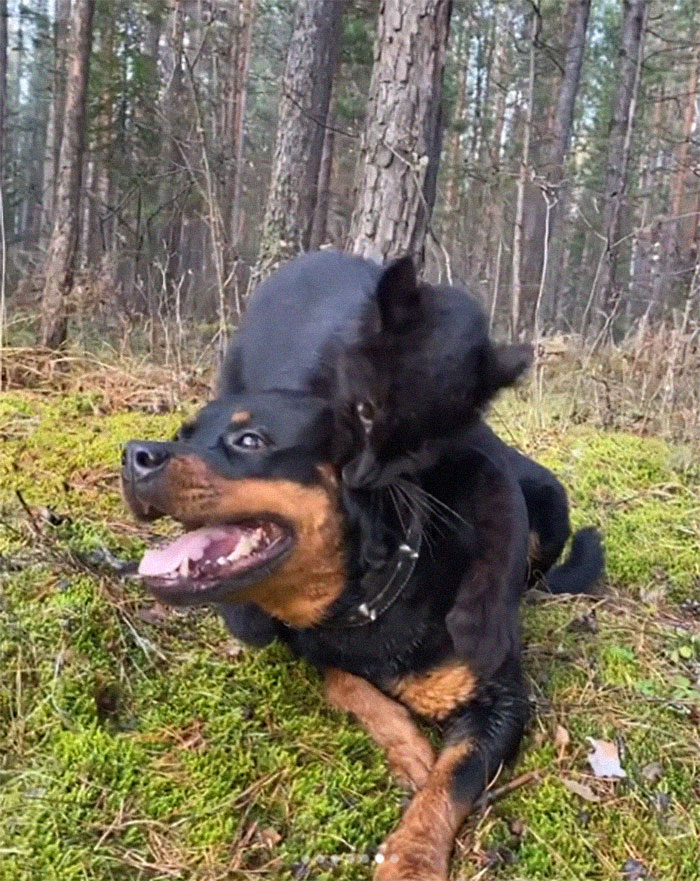
Her owner has been looking at long-term options for Luna as she will eventually outgrow her home, but, for now, she’s happy pouncing and frolicking with Venza.
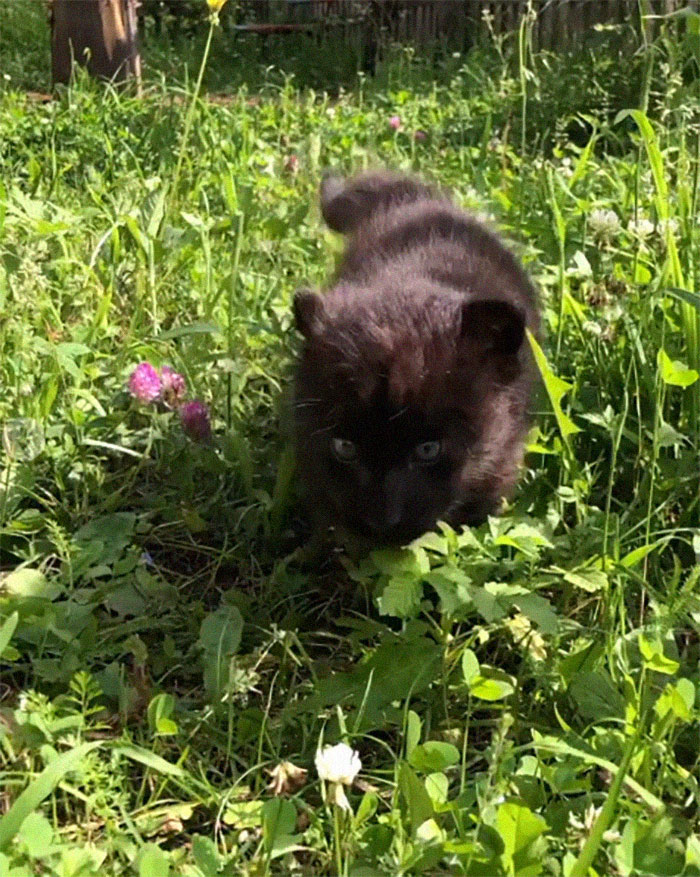
Black panthers, or leopards, are melanistic colour variants of either animal with excessive black pigments.
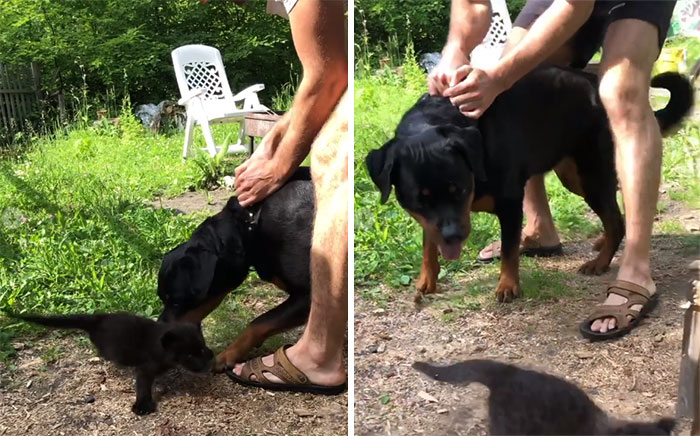
But as you can see on the lovely Luna, their typical rosettes are always present under the colour.

There are eight subspecies of leopard, including the Amur and Persian leopards, and the leopard has the largest distribution of all wild cats, although sadly that is in decline.

The leopard is considered a vulnerable species with habitat destruction and poaching being two of the biggest issues it faces.
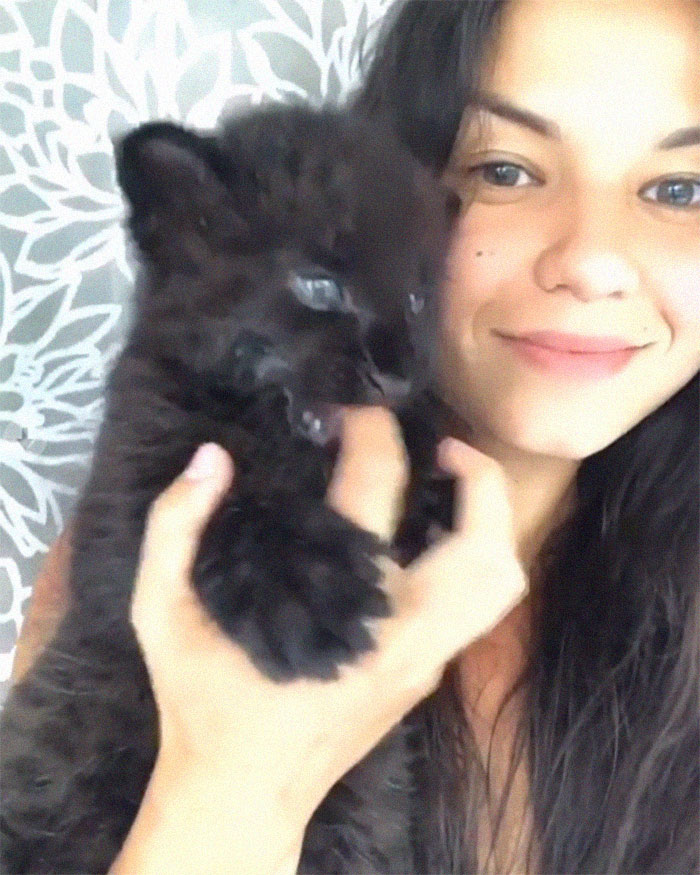
Records currently suggest they only appear in as little as 25 per cent of the habitat they once occupied.
